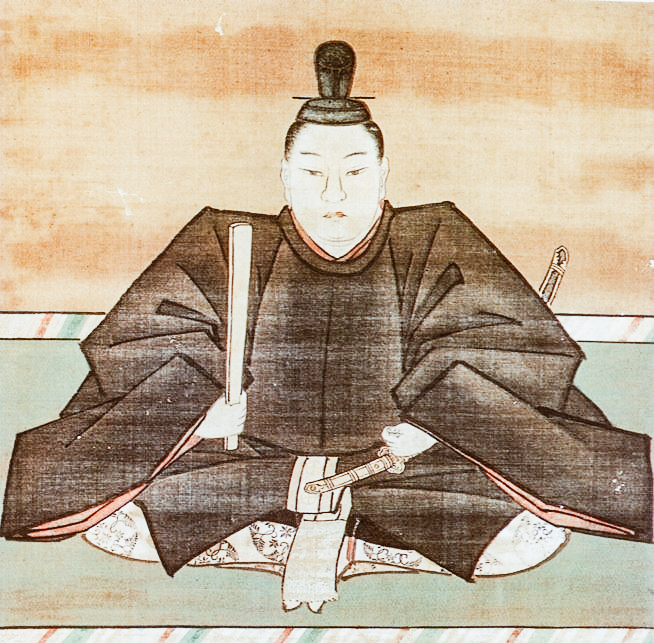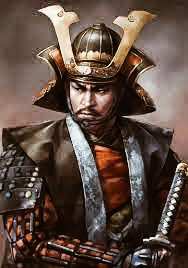Japan History: Shimazu Yoshihiro
Shimazu Yoshihiro (August 21, 1535 – August 30, 1619), also known as Shimazu Tadahira and Hyogo no kami. Second son of Shimazu Takahisa, he was the 17th Shimazu clan leader.

photo credits: japanworld.info
He began serving his brother Yoshihisa in many military campaigns. During the battle of Kizaki, the “Okehazama of Kyūshū” in 1572, 300 men of Yoshihiro defeated Itō Yoshisuke’s three thousand soldiers. In 1577 he obtained the supremacy of the Shimazu over the province of Hyūga. Later he participated in the battles of Takabaru (1576), Mimigawa (1576), Minamata (1581), and Hetsugigawa (1587).
The life of Shimazu Yoshihiro: From 1587 to 1600
In 1587 he was appointed daimyō following the submission of the Shimazu to Hideyoshi. He later led 10,000 men in the first Korean campaign (1592-93) from his ship Kotaka-maru. During this battle, a number of servants including his brother Toshihisa protested the call to arms and for this, they were punished by Yoshihiro. He then fought the second Korean campaign in the battles of Namwon and Sacheon. With these battles, he kidnapped some Korean potters as prisoners of war. This created a new style of vases called Satsuma-yaki which subsequently increased trade in the province.

photo credits: facebook.com
During the battle of Sekigahara in the 1600s, according to the novel Rakusuishū of the Edo period, Yoshihiro appears to have been on the side of Tokugawa Ieyasu. Later humiliated by Torii Mototada on arrival at Fushimi’s castle, he moved over to Ishida Mitsunari before Mōri Terumoto declared war by persuading Uesugi Kagekatsu to ally with them.
Yoshihiro and Mitsunari
According to his subordinate Kando Kutarō, Yoshihiro was a close friend of Mitsunari. However, novelists of the Edo period distorted reality by saying that Mitsunari had not listened to any of Yoshihiro’s plans, including the notorious surprise night attack of the day before the real battle. Instead, that day, Yoshihiro and his 1500 samurai simply presided over their area without a fight. Yoshihiro was stormed by at least 30,000 Ieyasu troops, so he tried many times to get to the same Ieyasu. Yoshihiro retired and his troops simulated a false retreat called Sutegamari when a number of men died repelling the attacks. Toyohisa and most of the troops died allowing Yoshihiro to retire with his wife. He then moved from the province of Settsu to return to the province of Satsuma.

photo credits: japanworld.info
Shiramine Jun, an important Japanese historian, wrote that Yoshihiro had been involved in the power struggle between Shimazu Yoshihisa and Ijuin Tadamune. In fact, for this reason, Yoshihiro lost the support of Yoshihisa during the Sekigahara campaign.
Ieyasu, noting Yoshihiro’s behavior on the battlefield, caused the Shimazu clan to maintain his rule. In fact, he chose Yoshihiro’s son Shimazu Tadatsune as his successor. In 1609, Yoshihiro and Tadatsune began a punitive expedition against the Ryūkyu kingdom.
He appears to have fought in 52 battles during his lifetime and was a skilled commander.
The death
Yoshihiro retired to Sakurajima and started teaching the younger generation. He died in 1619 causing the suicide of many of his servants who had joined him for the rest of his life.
Share this:
- Click to share on Facebook (Opens in new window)
- Click to share on Twitter (Opens in new window)
- Click to share on Tumblr (Opens in new window)
- Click to share on Pinterest (Opens in new window)
- Click to share on Telegram (Opens in new window)
- Click to share on WhatsApp (Opens in new window)
- Click to share on Reddit (Opens in new window)
- Click to print (Opens in new window)






